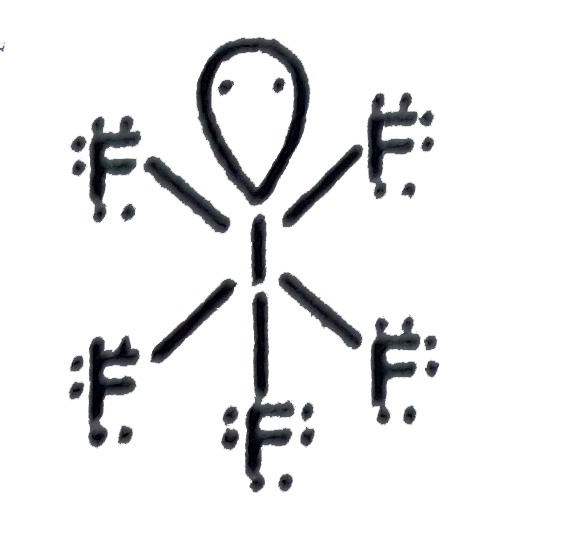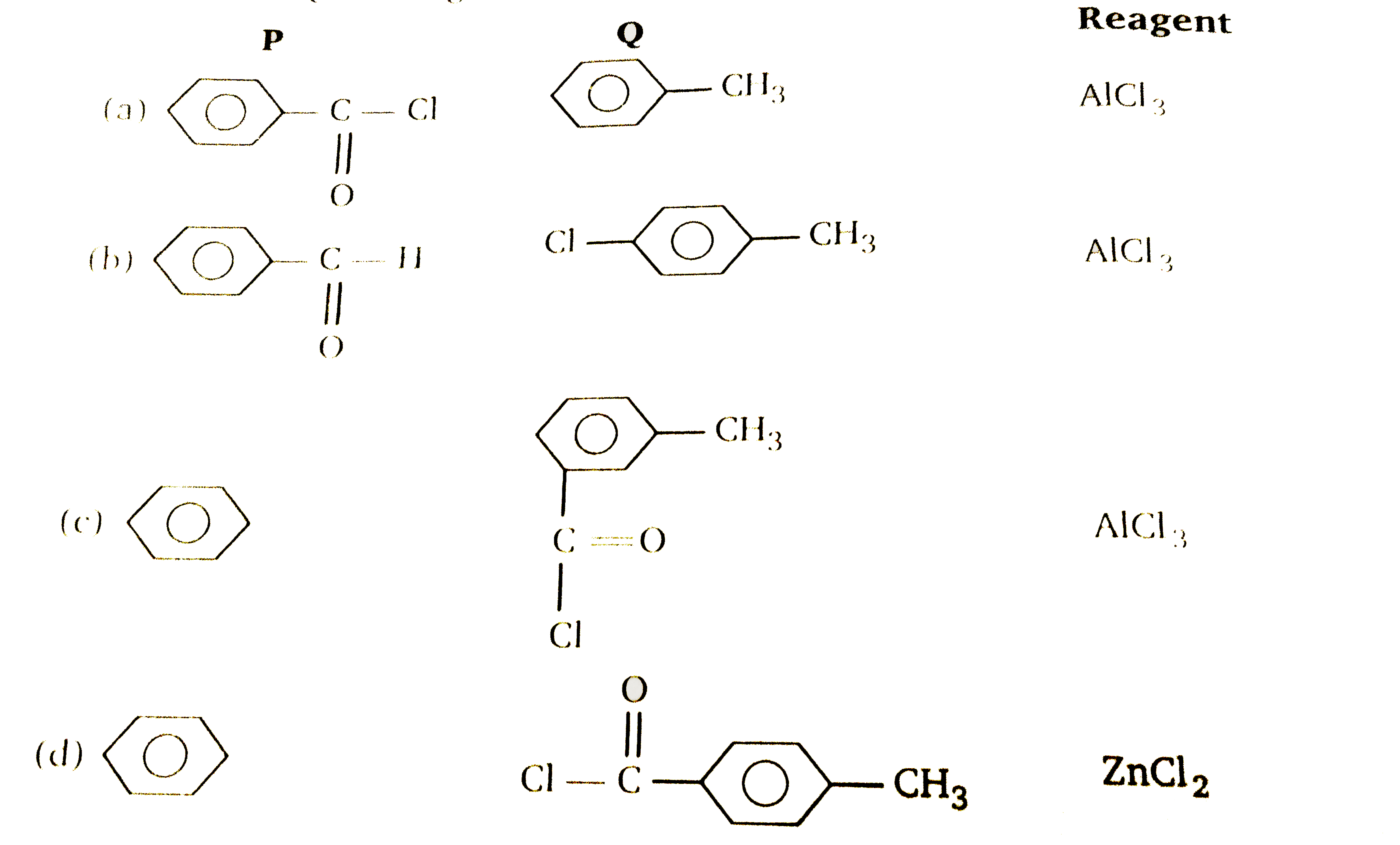Hydrolysis of compound A , two acids P and Q forms, P is used in etching of glass, Q on strongly heating gives a oxide R. R is used in estimation of carbon monoxide . Calculate total number of lone pairs on compound A .
The correct Answer is:16
IF5(A)+H2O→HF(P)→+HIQ3(Q)
HF is used in etching of glass

HIO3(Q)Strong heating⇐=====⇒I2O5(R)
I2O5(R)+CO→I2+CO2
Total number of lone pair in A =16
Topper's Solved these Questions
- BOOK - RESONANCECHAPTER - P-BLOCK ELEMENTS (HALOGEN & NOBLE GASES)EXERCISE - APSP PART-221videos
P-BLOCK ELEMENTS (HALOGEN & NOBLE GASES)
- BOOK - RESONANCECHAPTER - P-BLOCK ELEMENT (BORON AND CARBON FAMILY)EXERCISE - PART - III : OLYMPIAD PROBLEMS (PREVIOUS YEARS) STAGE - V (INTERNATIONAL CHEMISTRY OLYMPIAD (IChO)) Problem 38videos
P-BLOCK ELEMENT (BORON AND CARBON FAMILY)
- BOOK - RESONANCECHAPTER - PERIODIC TABLE & PERIODICITYEXERCISE - Advanced Level Problems107videos
PERIODIC TABLE & PERIODICITY
Similar Questions
Diethyl −β, β-dimethylglutaric acid (ester) is condensed with diethyl oxalate in presence of sodium ethoxide and ethanol to from a major product (P), which on acidic hydrolysis followed by heating gives another product (Q). Calculate total number of C=O bonds in (P) and (Q) compounds?
View SolutionThe compound ratio of p:randr:q is __________ .
View Solution
Knowledge Check
- Question 1 - Select One
Ethyl bromide is subjected to ammonolysis reaction to give compound 'P'. Compound 'P' reacts with nitrous acid in cold condition to give compound 'Q' with the liberation of nitrogen gas. What is the molecular weight of the compound 'Q' ?
A46gmol−1B60gmol−1C74gmol−1D100gmol−1 - Question 2 - Select One
When phenol (M) is heated with zinc dust, it gives compound 'N' which is the first aromatic compound studied. When compound 'N' is treated with carbon monoxide and hydrogen chloride under high pressure in the presence of anhydrous aluminium chloride and cuprous chloride , it gives compound 'Q'. Identify the compound 'N' and 'Q'.
A B
B C
C D
D
- Question 3 - Select One
When an oxide of manganese (P) is fused with KOH in the presence of an oxidising agent and dissolved in water, it gives a dark green solution of compound (Q). Compound (Q) disproportionates in neutral or acidic solution to give purple compound ( R) oxidises potassium iodide solution to a compound (S) and compound (P) is also formed. Compounds P to S are
A P Q R SMnO−4KIO3MnO2K2MnO4B P Q R SMnO2K2MnO4MnO−4KIO3C P Q R SMnO2MnO−4K2MnO4KIO3D P Q R SK2MnO4MnO2MnO−4KIO3
Two aromatic compounds P and Q give product R.

Reactant P, Q and reagent used in above reaction are:
 View Solution
View SolutionAn organic compound 'P (mol mass -75) on reduction gives compound 'Q' which yields compound 'R' when treated with nitrous acid. Compound R responds to iodofonn reaction. Compound Q is
View SolutionAmong P, Q, R, S the aromatic compound is
View SolutionA carbonyl compound P,which gives positive iodoform test, undergoes reaction with MemgBr followed by dehydration to give an Olefin Q. Ozonolysis of Q leads to a dicarbonyl compound R, which undergoes intramolecular aldol reaction to give predominantly S.
The structure of the carbonyl compound P isView SolutionA carbonyl compound P,which gives positive iodoform test, undergoes reaction with MemgBr followed by dehydration to give an Olefin Q. Ozonolysis of Q leads to a dicarbonyl compound R, which undergoes intramolecular aldol reaction to give predominantly S.
The structure of the products Q and R, respectively, areView Solution

